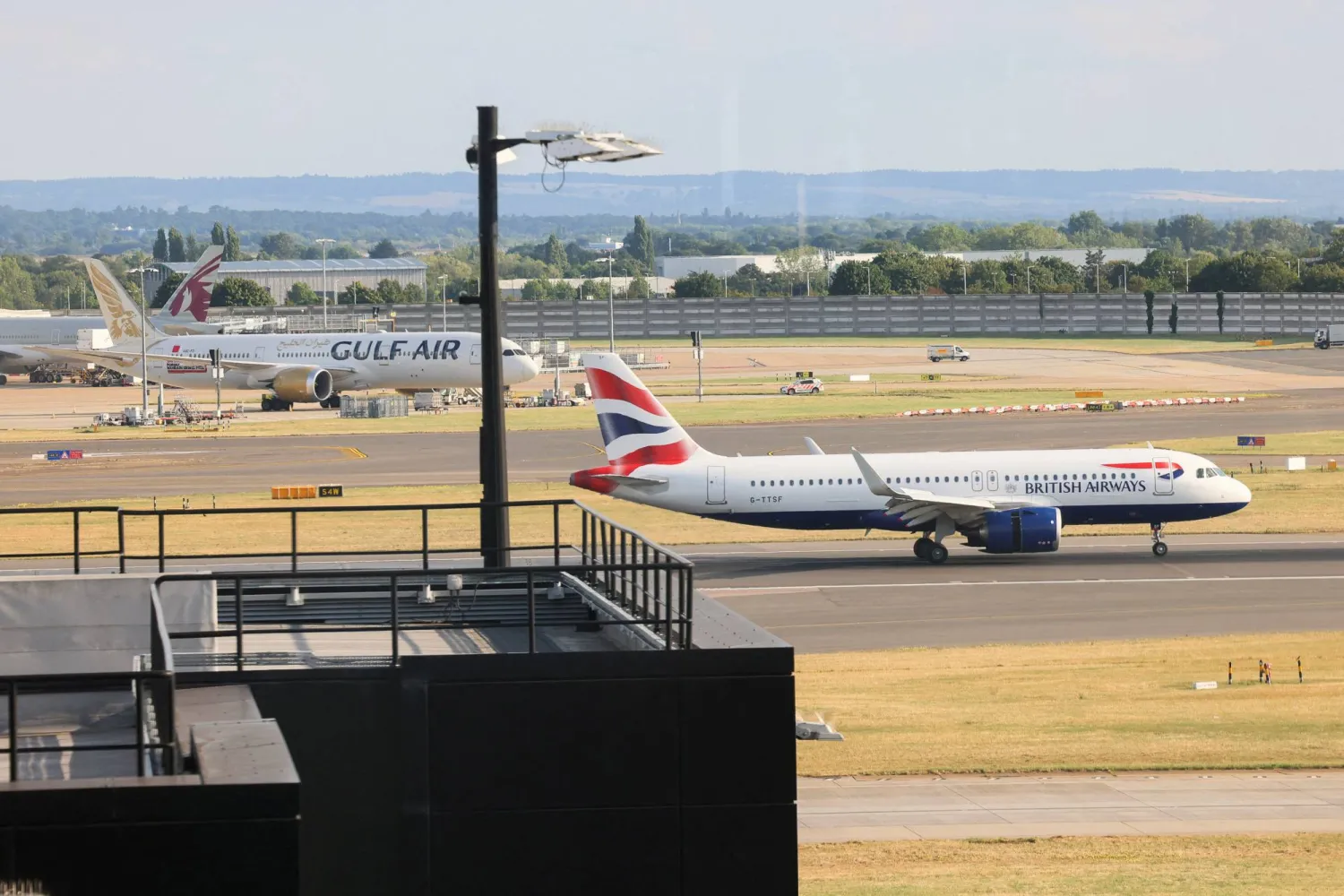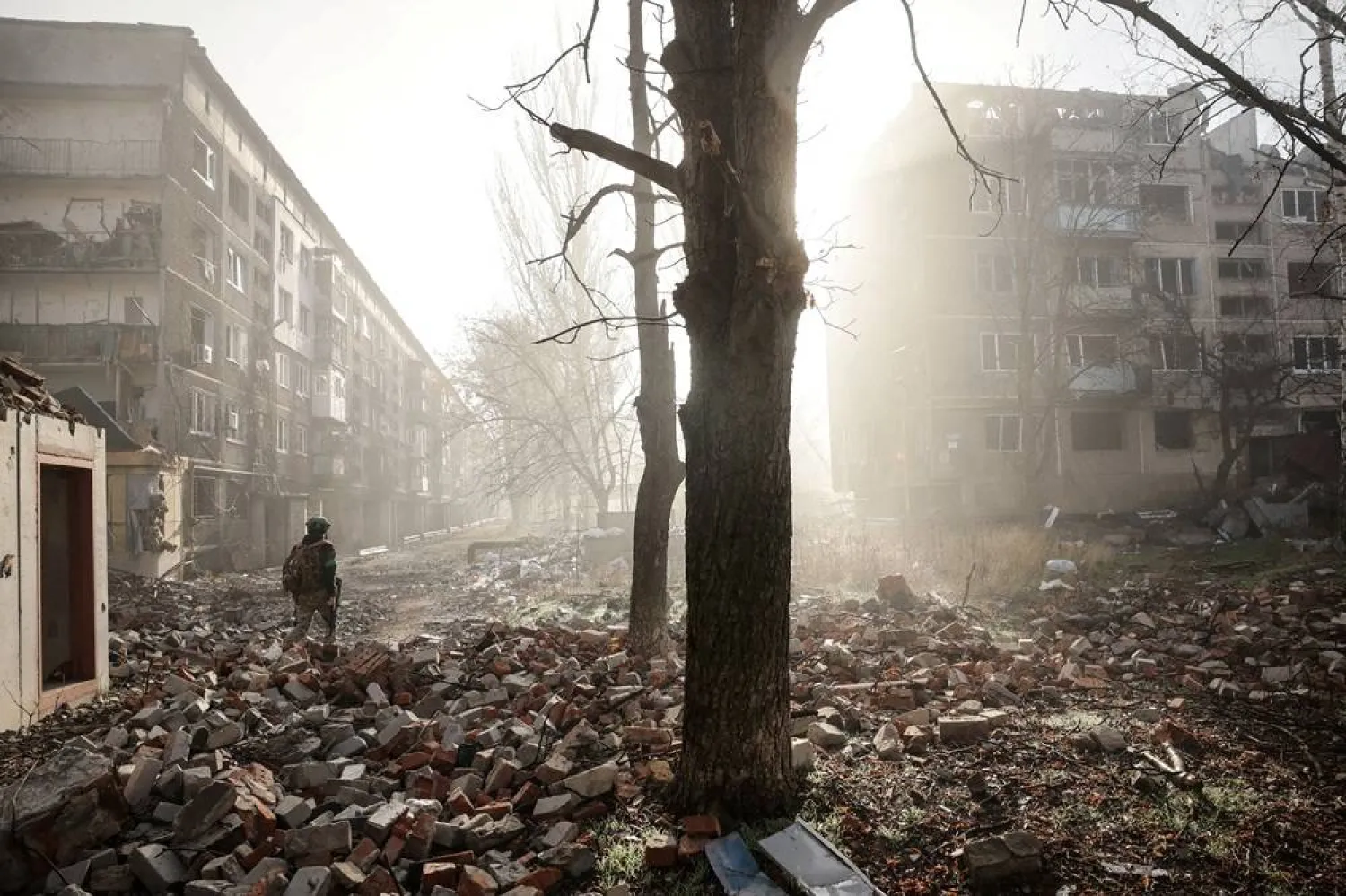Iran is enriching uranium to up to 60% purity, close to weapons grade, underground for the first time at its Fordow plant, the UN nuclear watchdog said on Tuesday, adding that Iran is also planning a massive expansion of its enrichment capacity.
Iran earlier on Tuesday said it had started to enrich uranium to up to 60% at a second site, Fordow, having already done so at its above-ground pilot plant at Natanz for more than a year. At that pilot plant just two cascades, or clusters, of advanced centrifuges are enriching to that level.
The latest move is in retaliation to last week's resolution by the International Atomic Energy Agency's 35-nation Board of Governors ordering Iran to cooperate with a years-long IAEA investigation into the origin of uranium particles found at three undeclared sites.
"Director General Rafael Mariano Grossi today said Iran had started producing high enriched uranium - UF6 (uranium hexafluoride) enriched up to 60% - using the existing two cascades of IR-6 centrifuges in the Fordow Fuel Enrichment Plant, in addition to such production that has taken place at Natanz since April 2021," the IAEA said in a statement.
It was summarizing a confidential report to IAEA member states seen by Reuters on various moves taken and planned by Iran at enrichment plants at Fordow and Natanz.
Iran only has six cascades, or clusters, of IR-6 centrifuges in operation at three plants at Fordow and Natanz. Diplomats say the IR-6 is the most advanced model it is using on such a scale.
It plans to add 14 more IR-6 cascades at Fordow, six of which will replace first-generation IR-1 machines, the IAEA said. They will enrich to up to 5% or up to 20%, it added.
In the longer term, however, Iran plans a massive expansion of its underground, commercial-scale Fuel Enrichment Plant at Natanz, where it is also installing and bringing online more cascades of advanced centrifuges.
"Iran continues to advance its enrichment activities at the Fuel Enrichment Plant in Natanz and now plans to install a second production building, capable of housing over 100 centrifuge cascades," it said.









